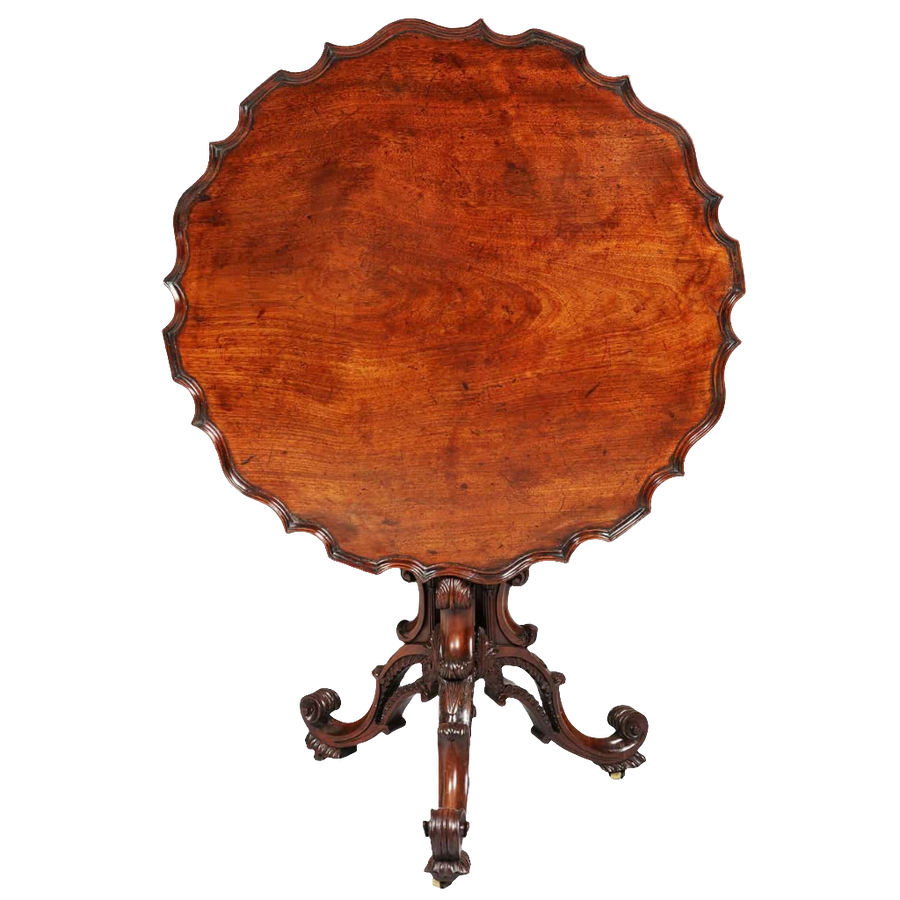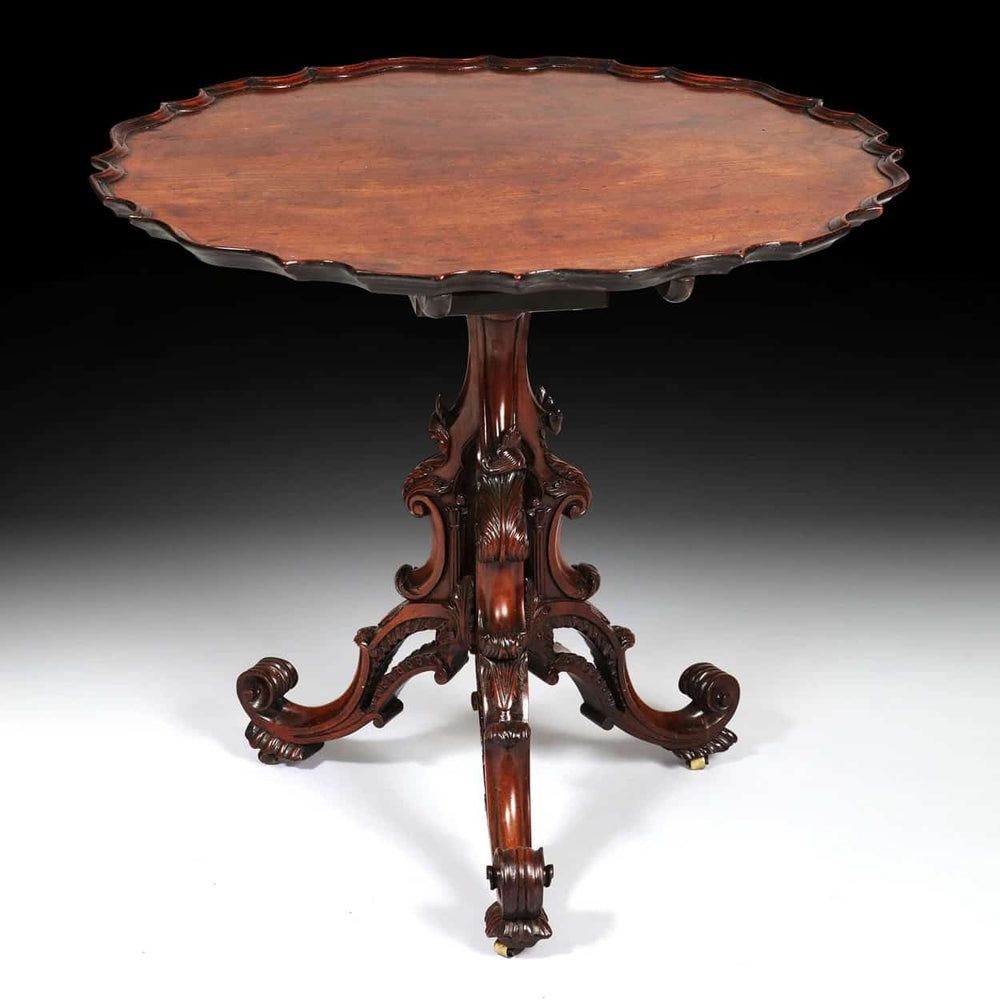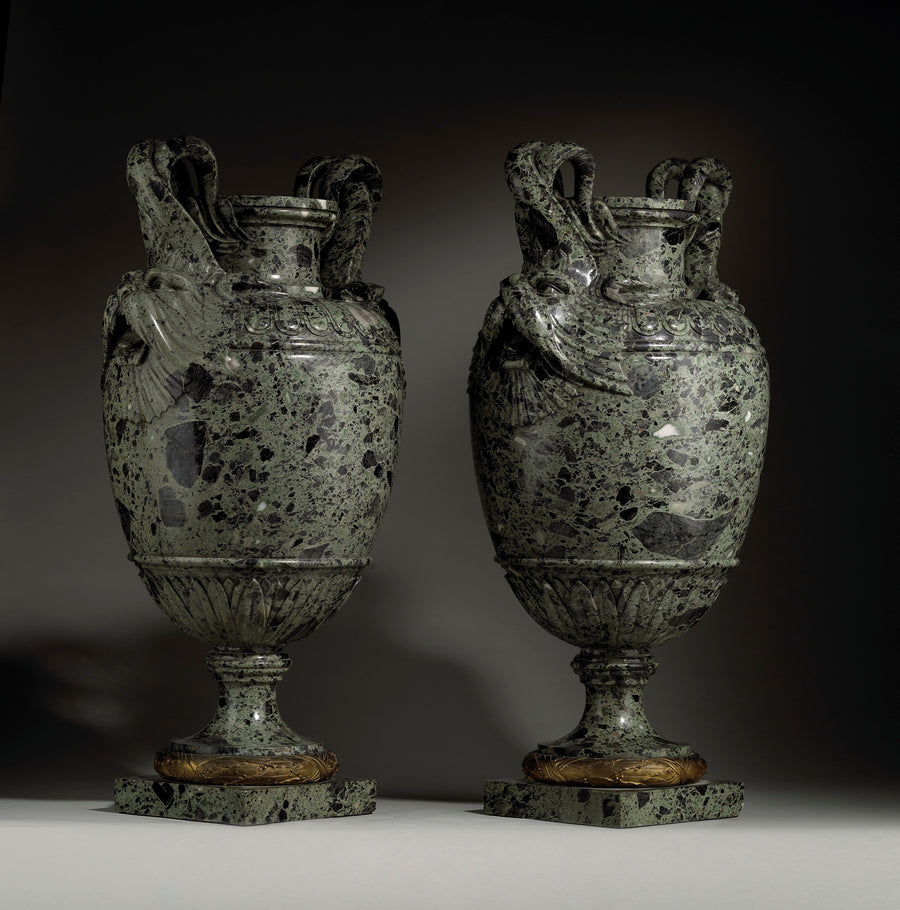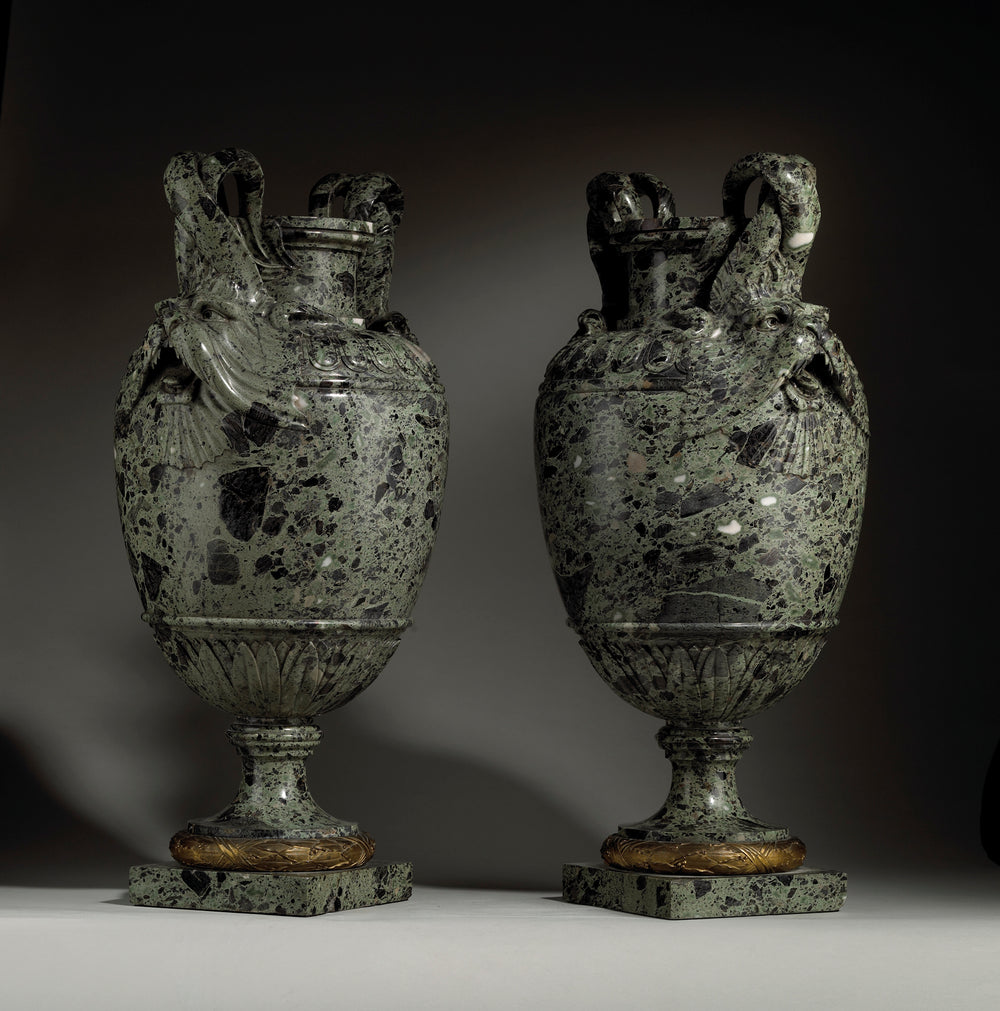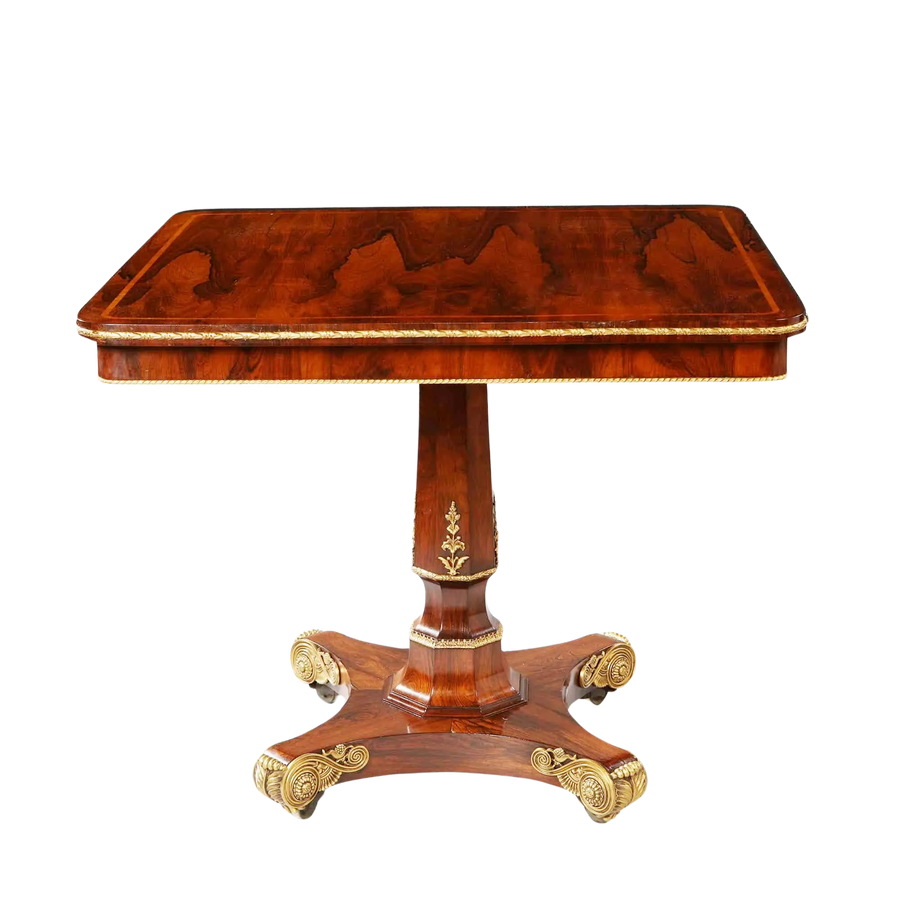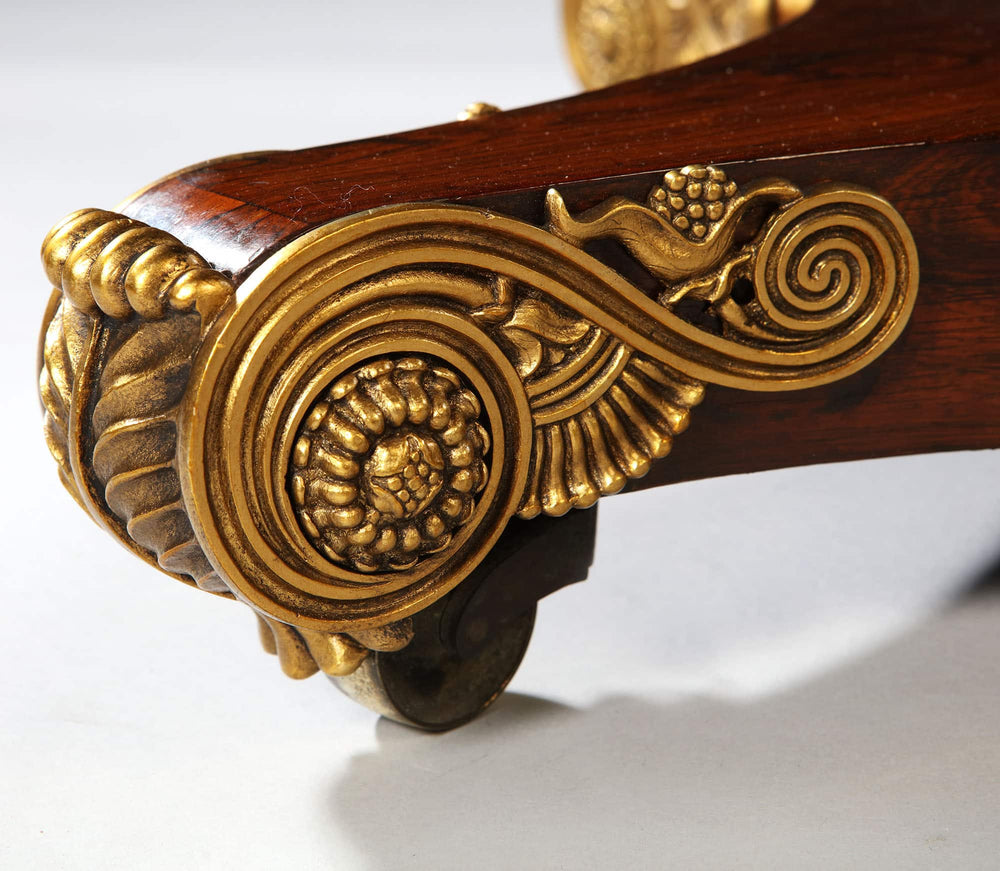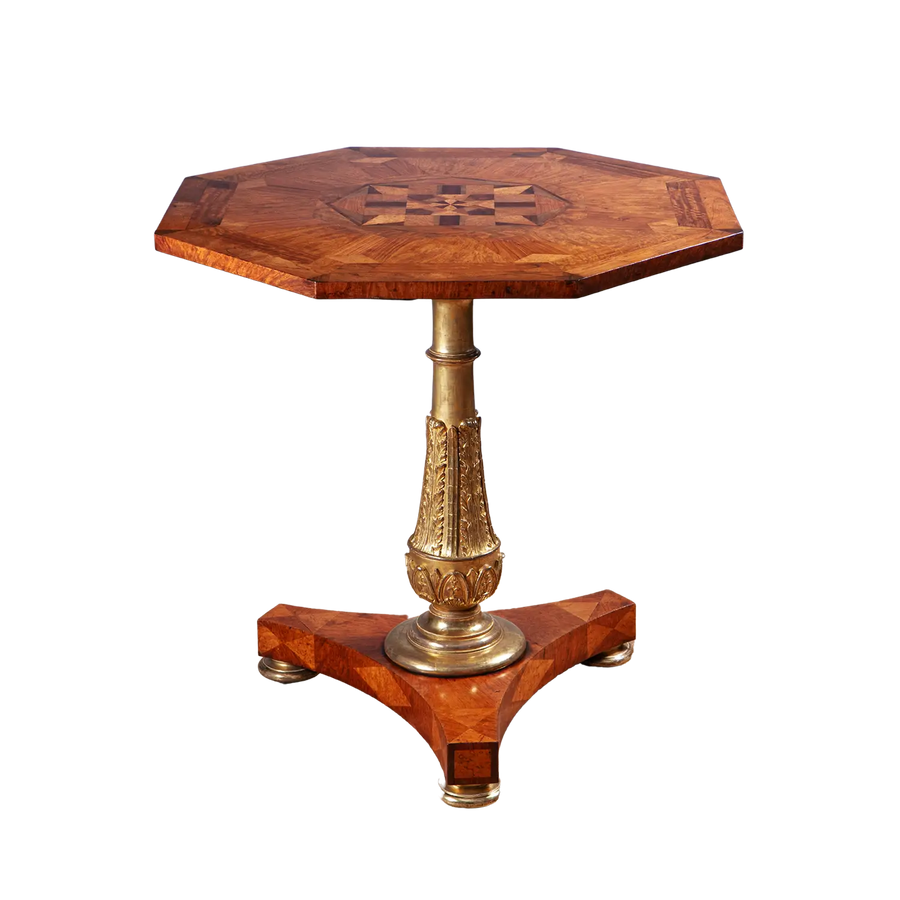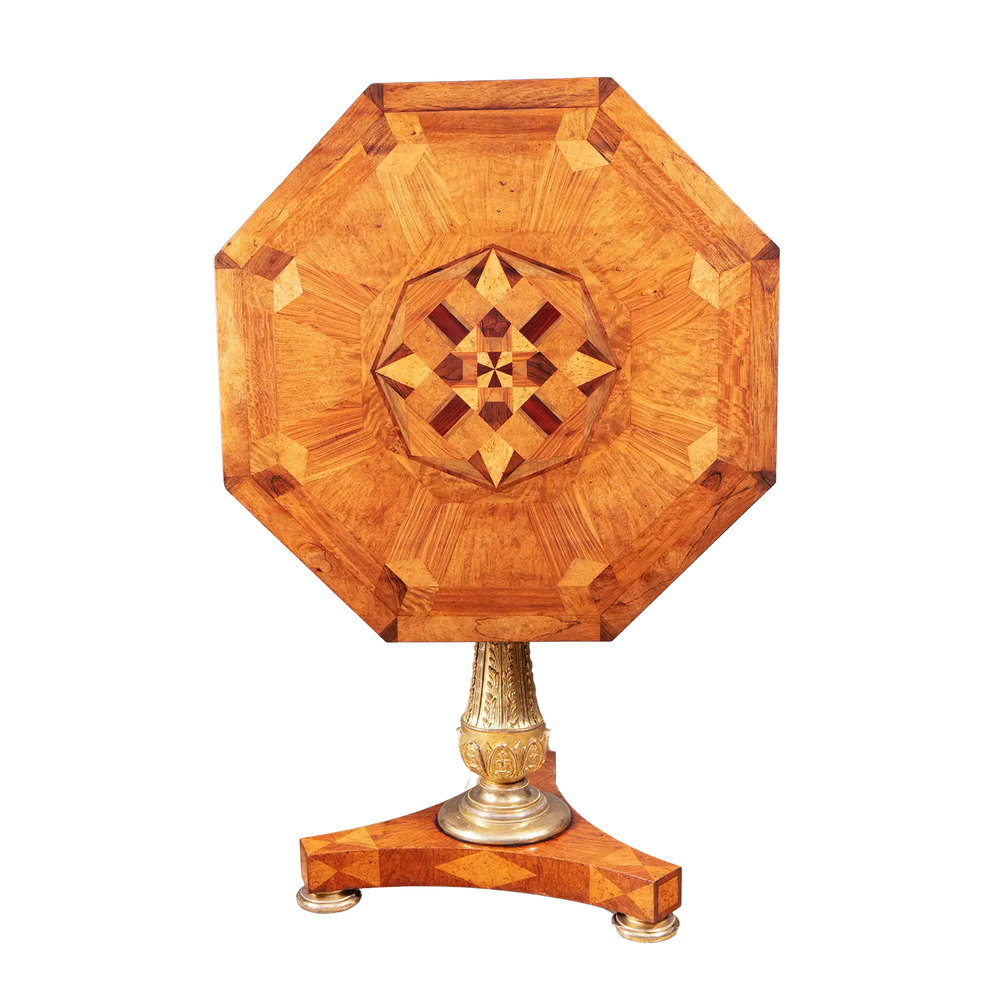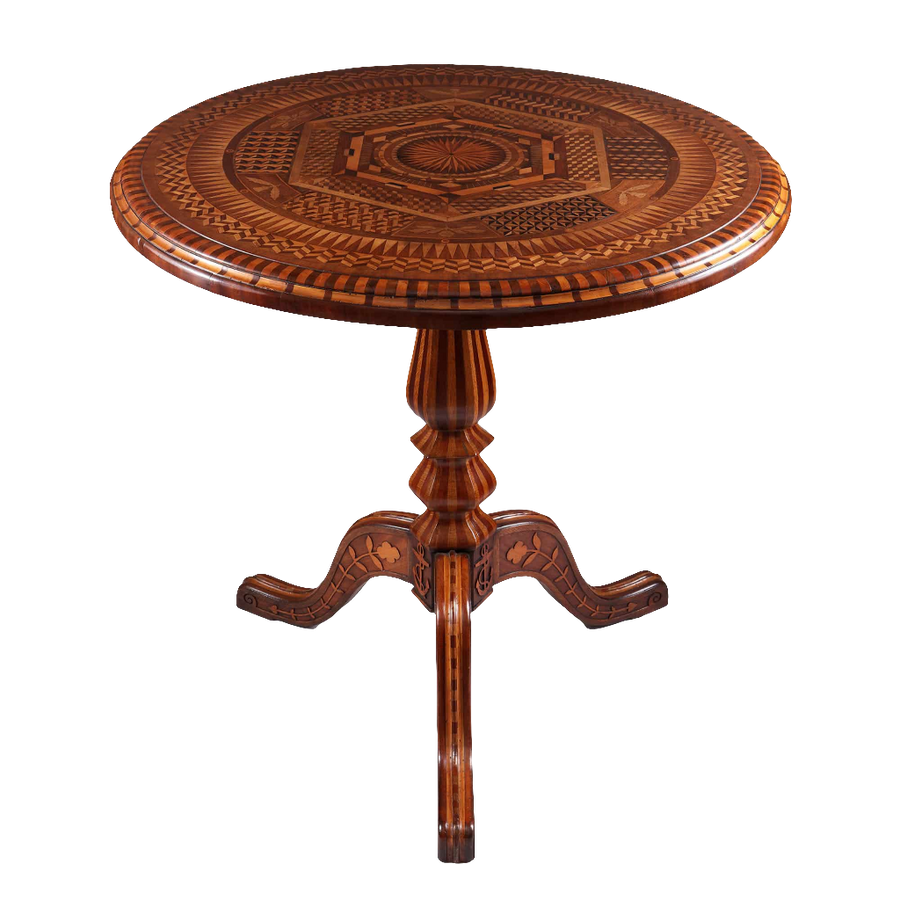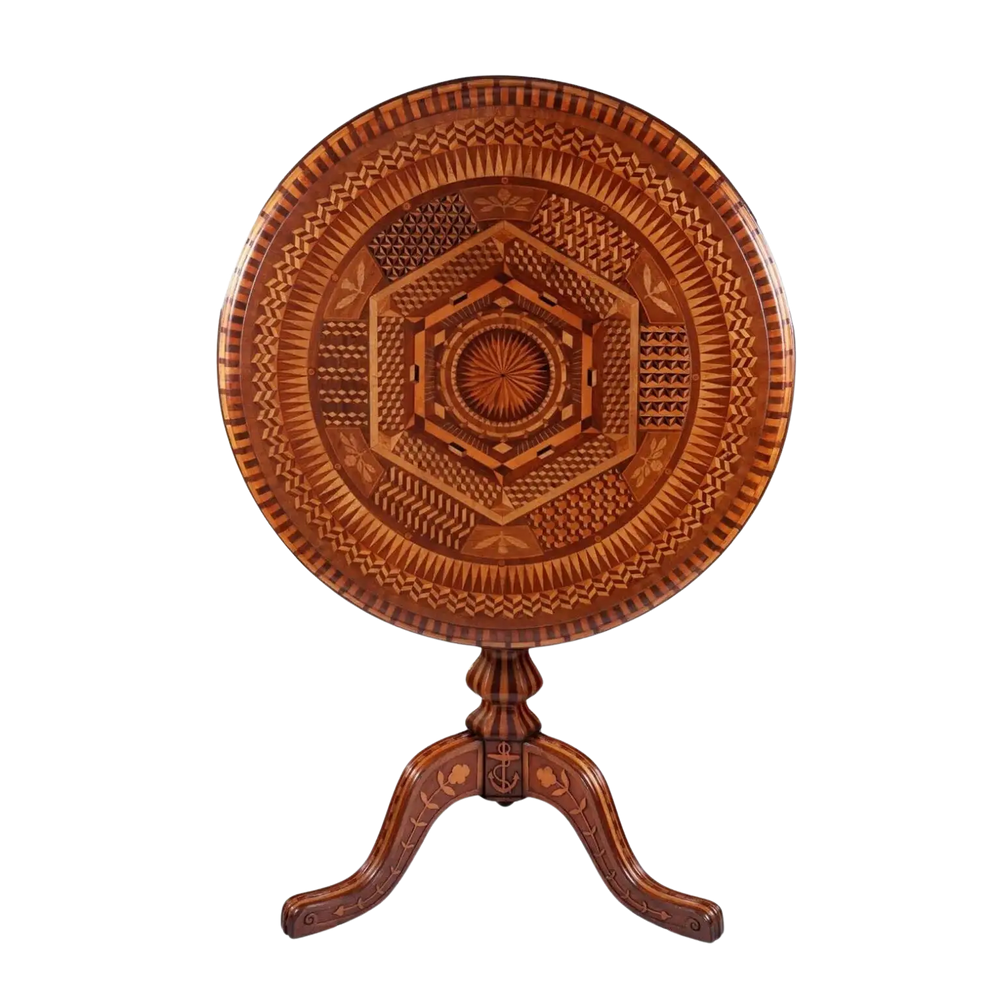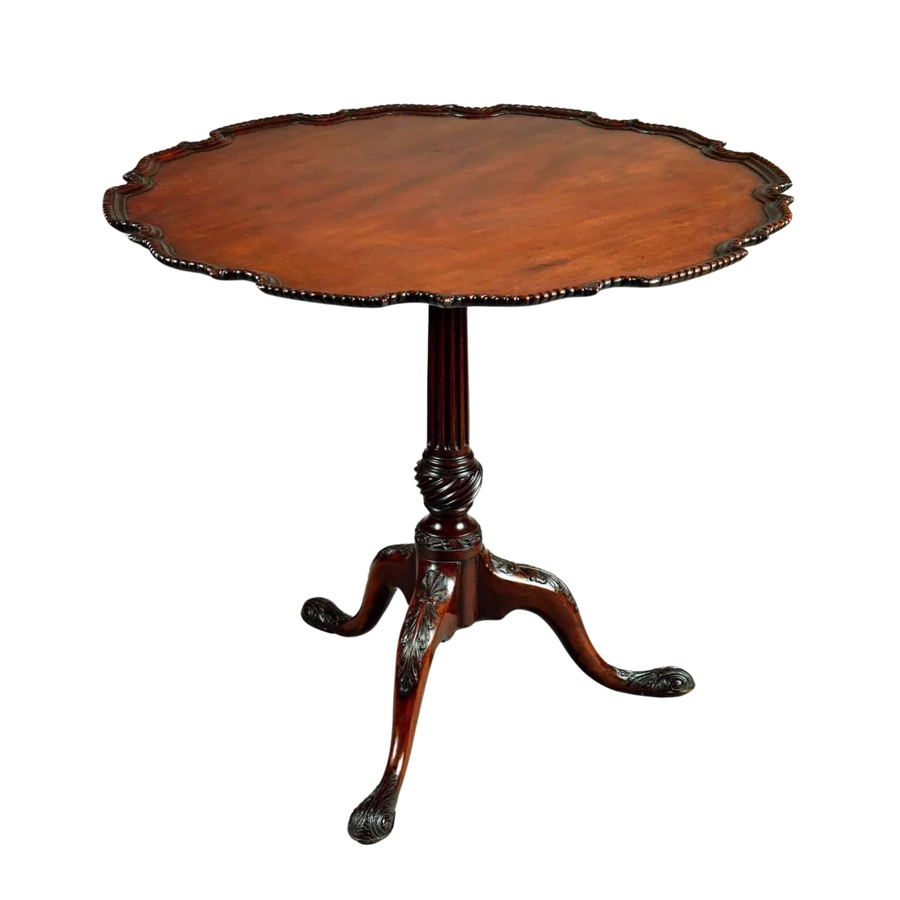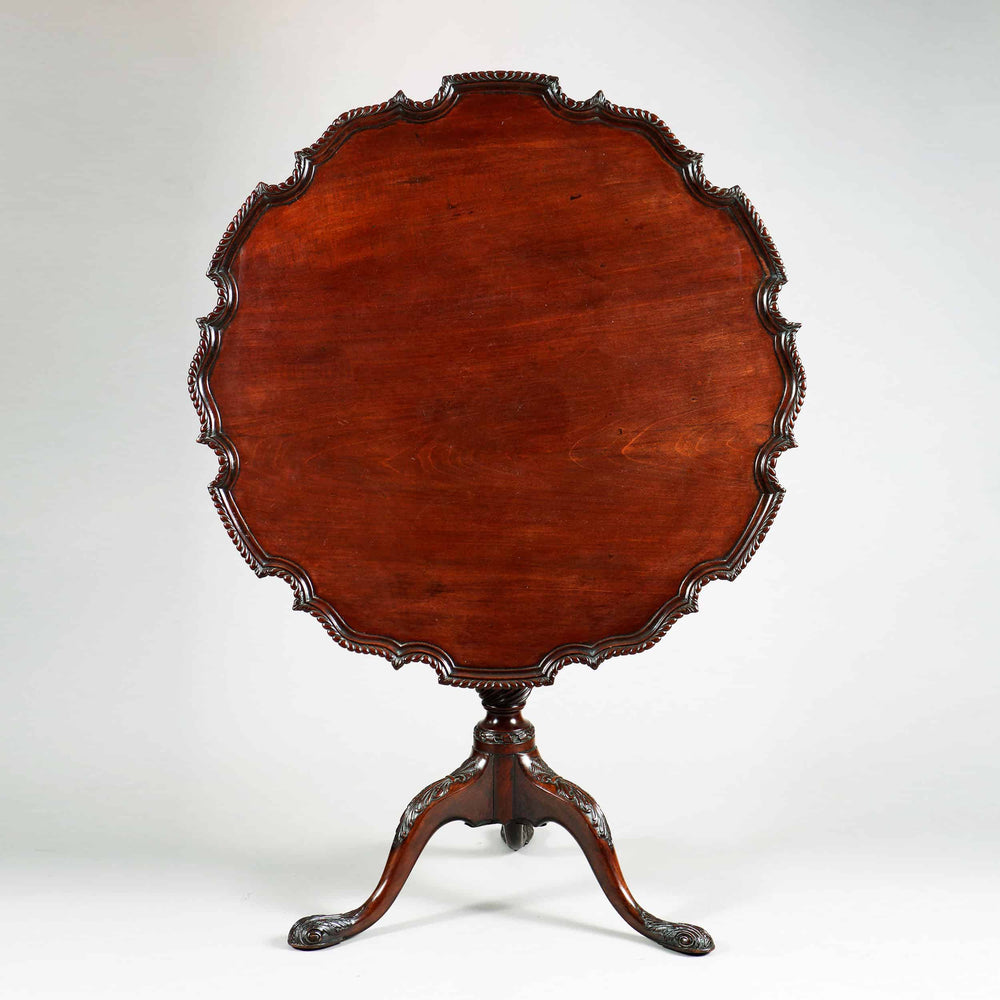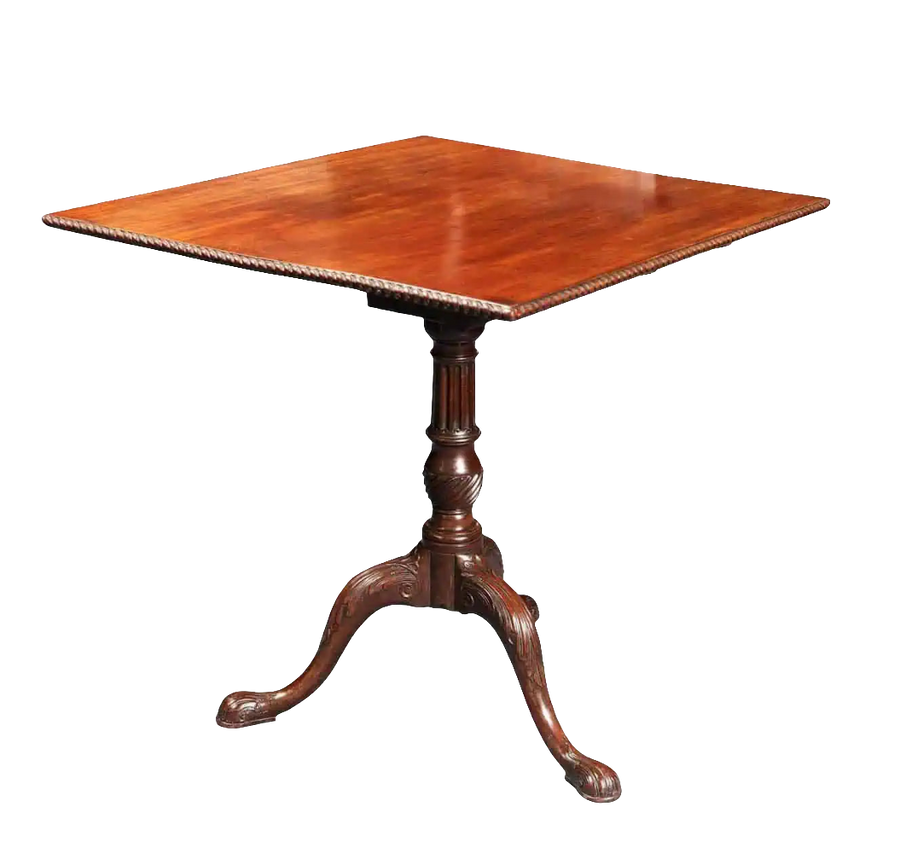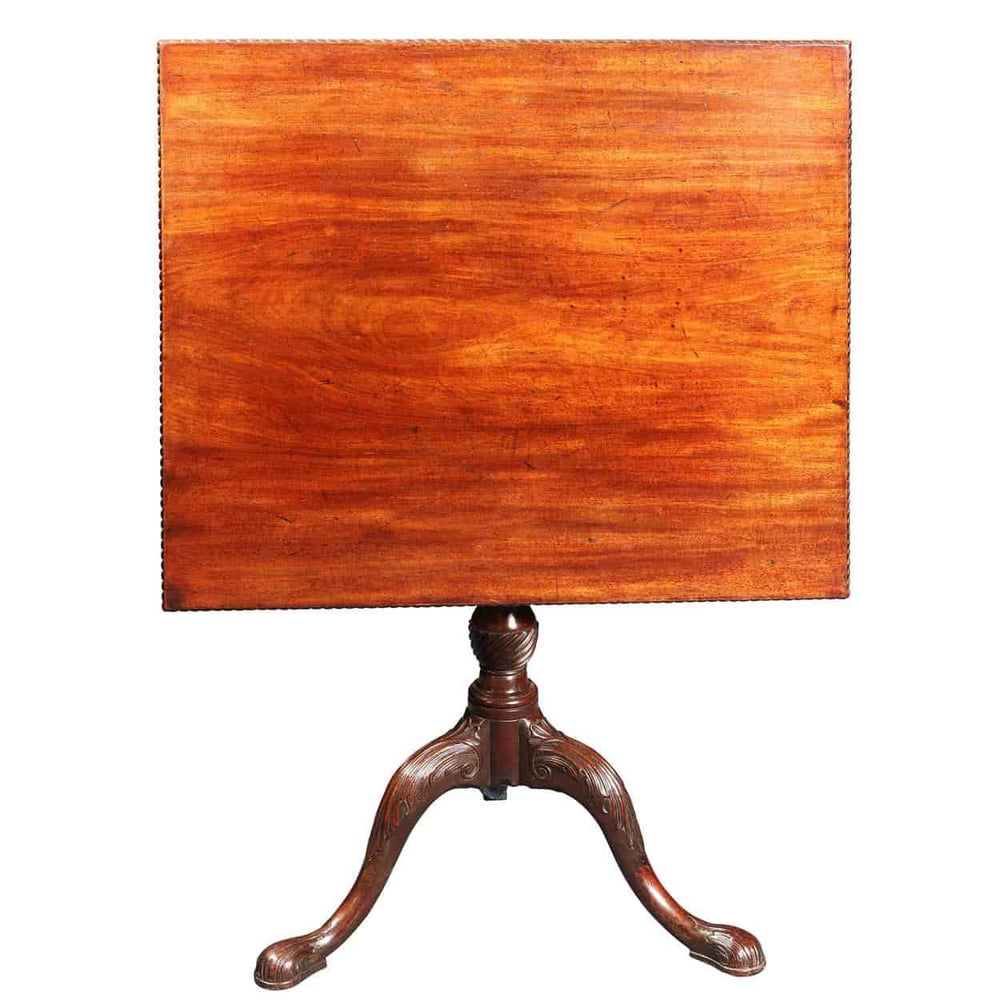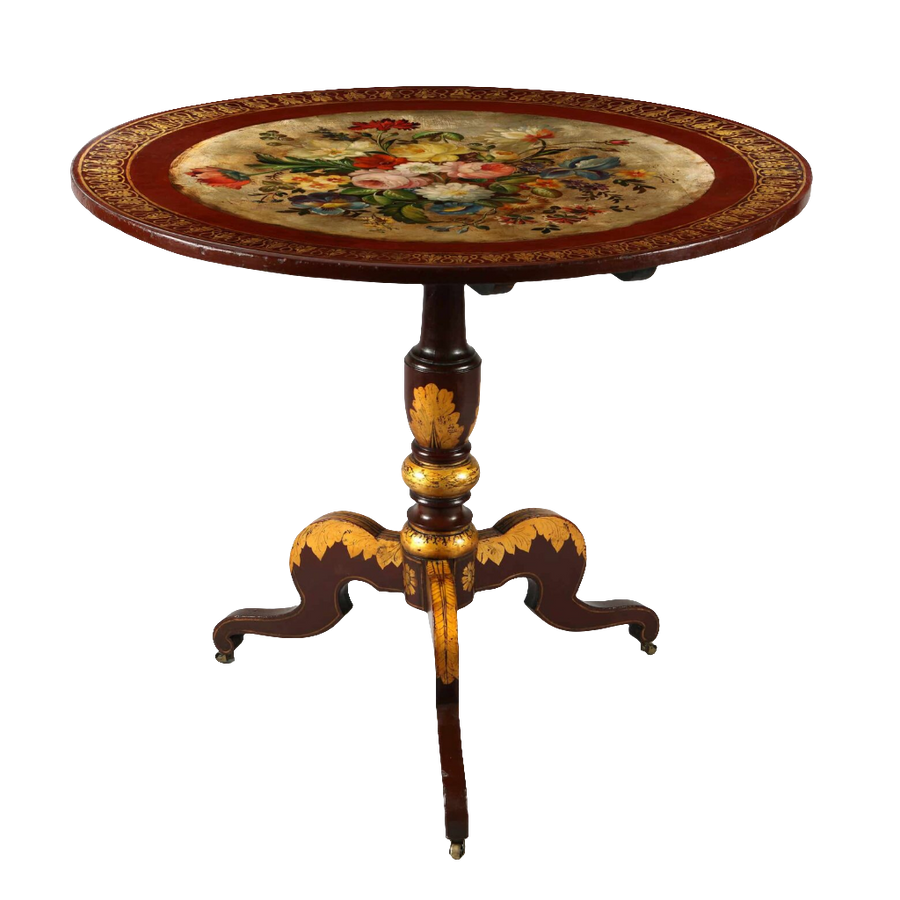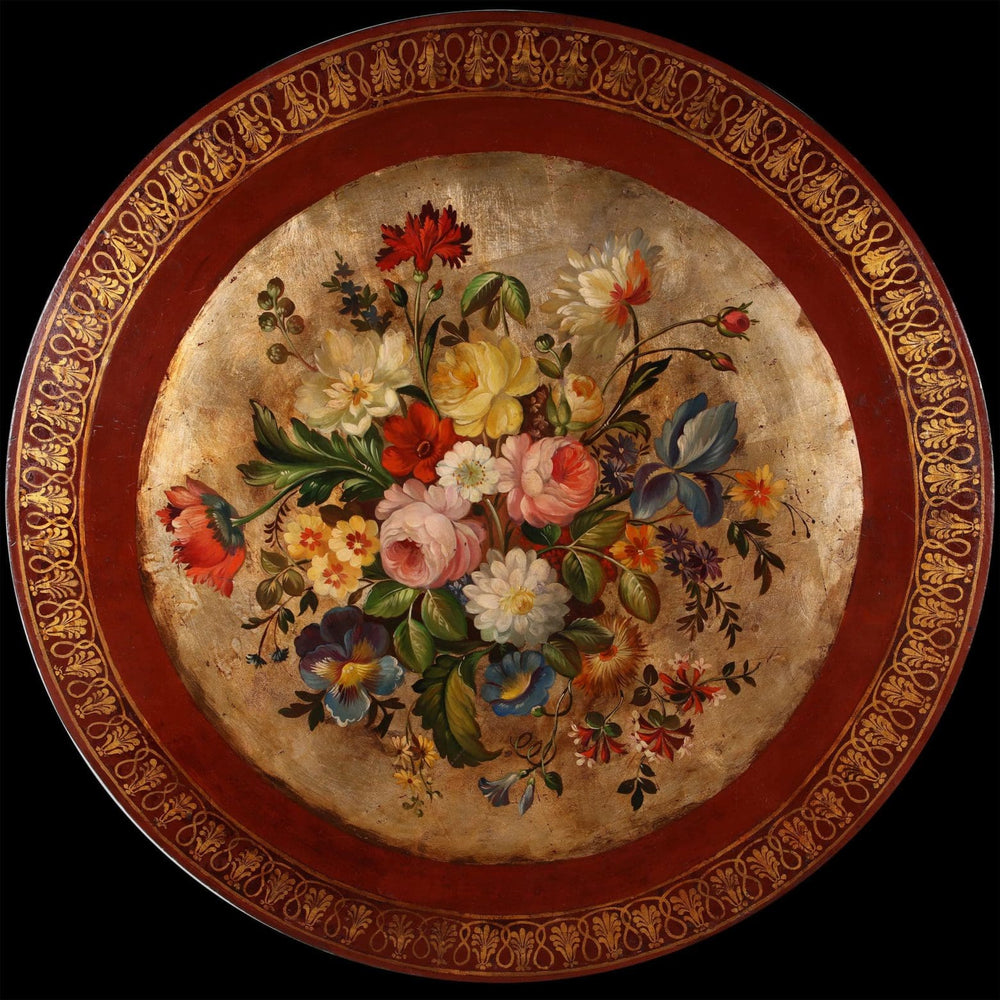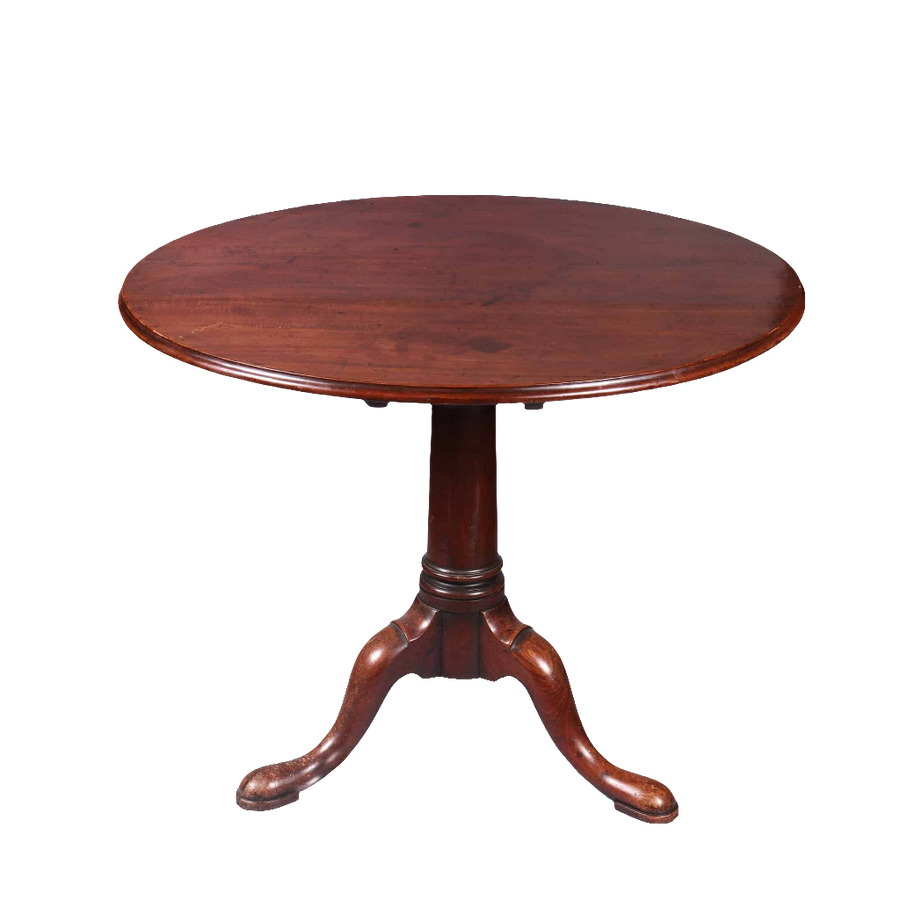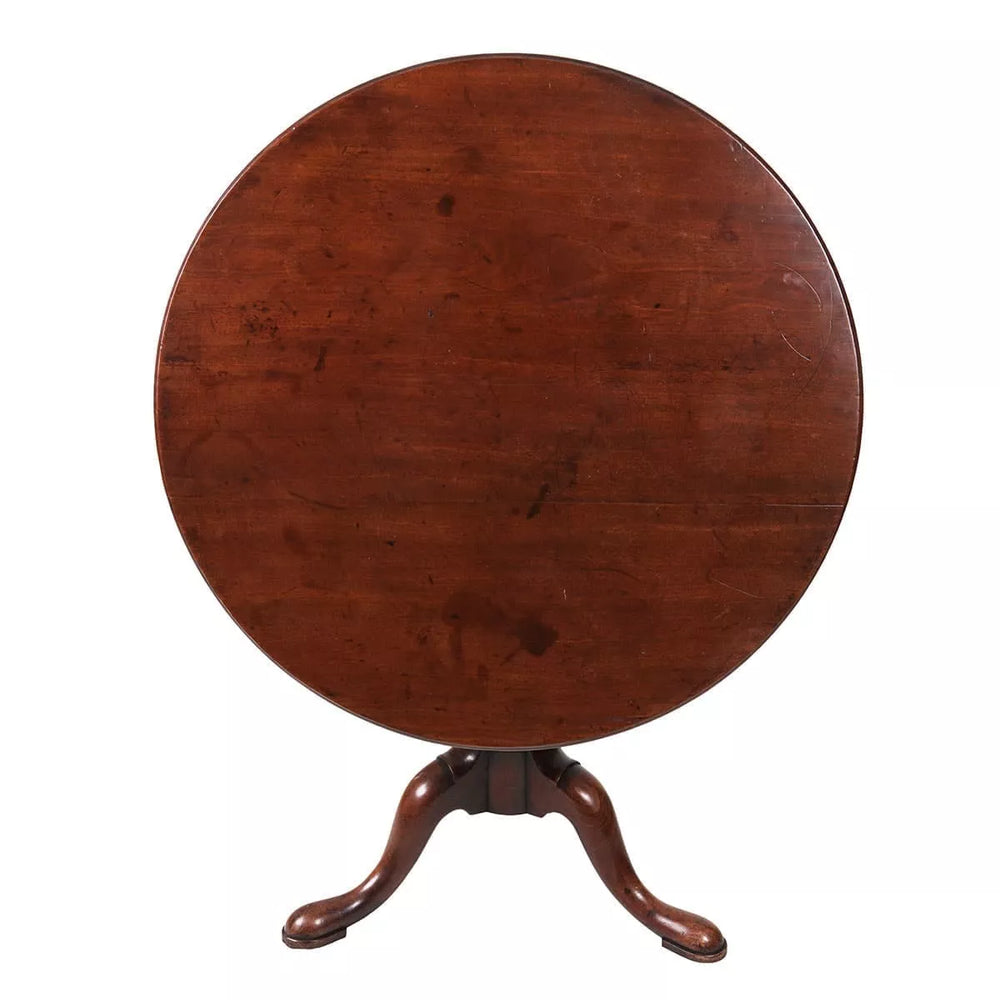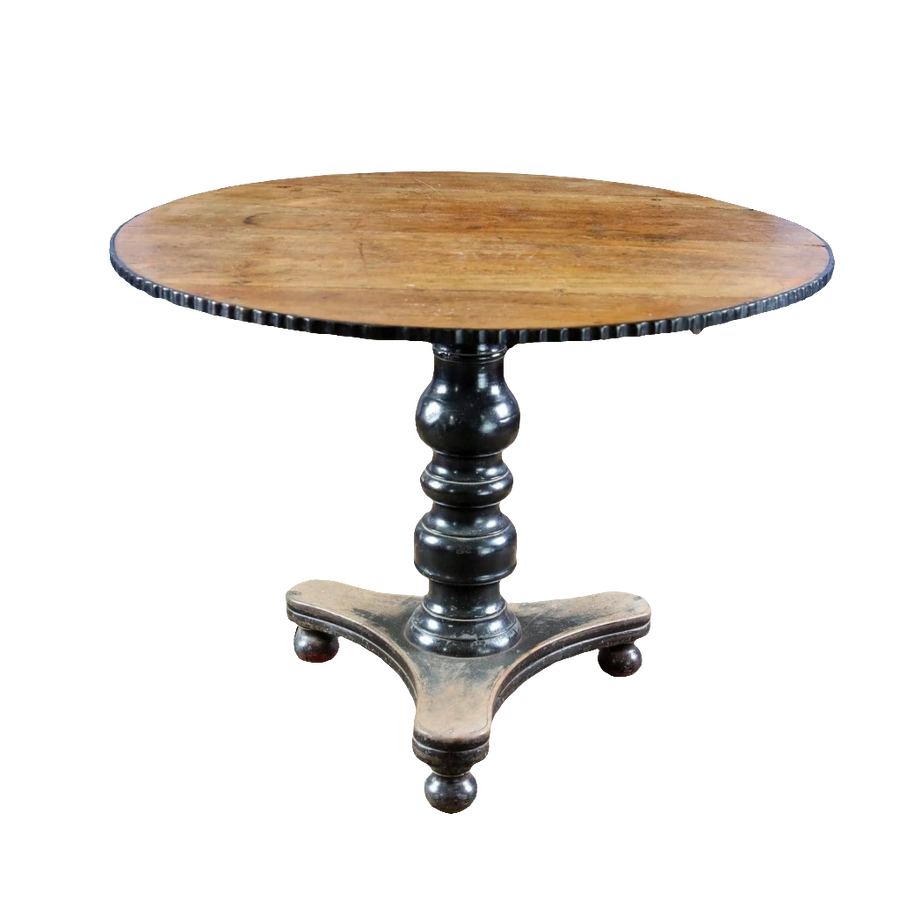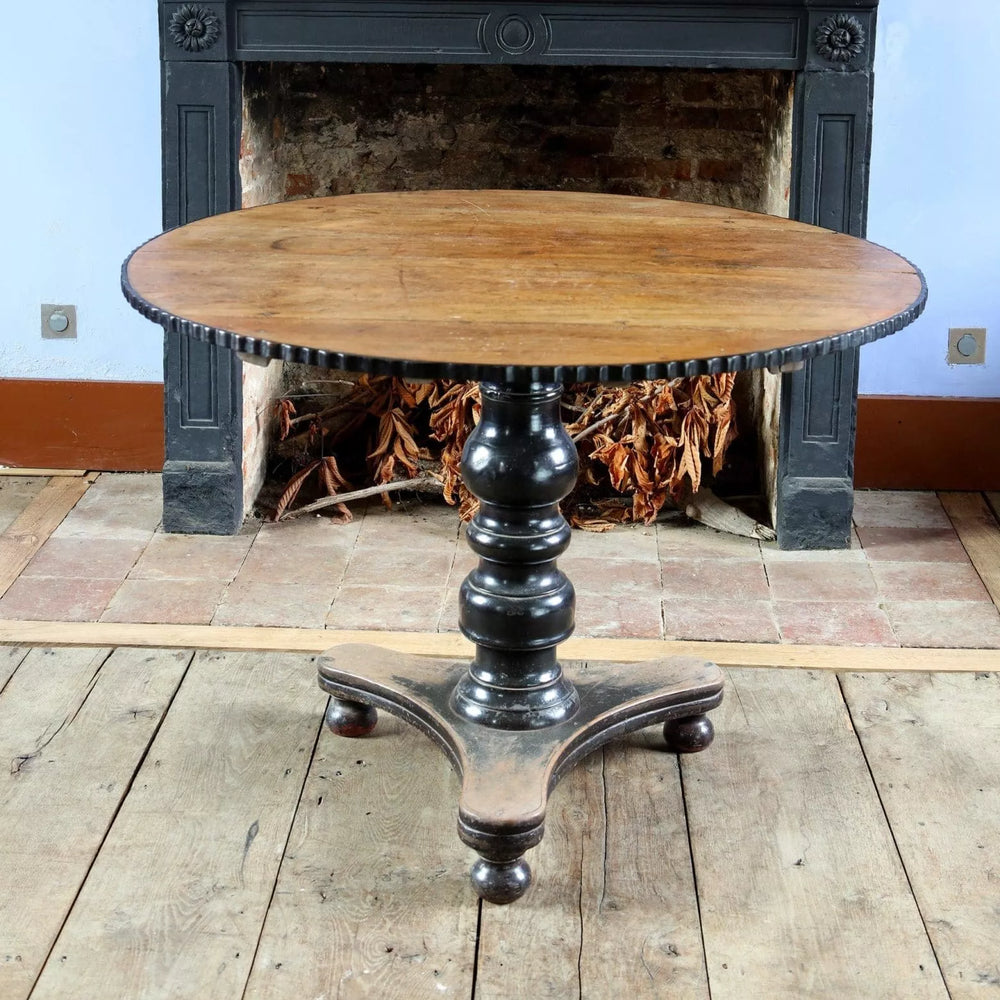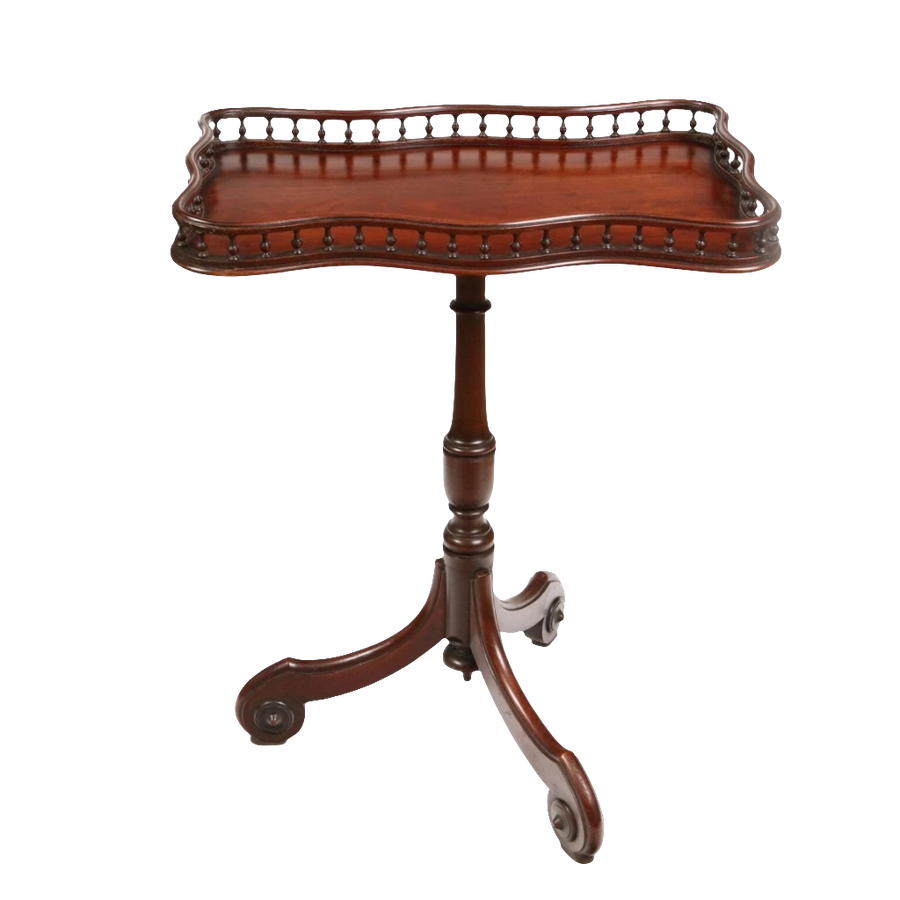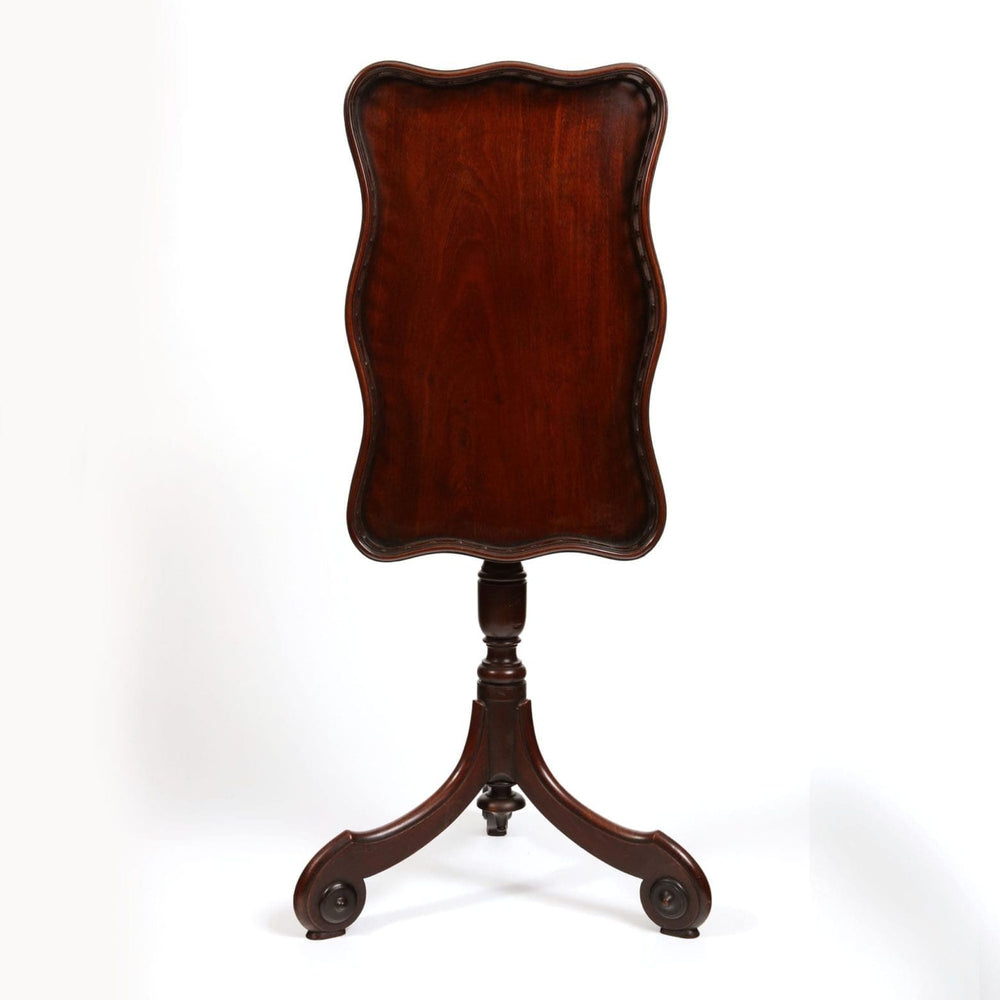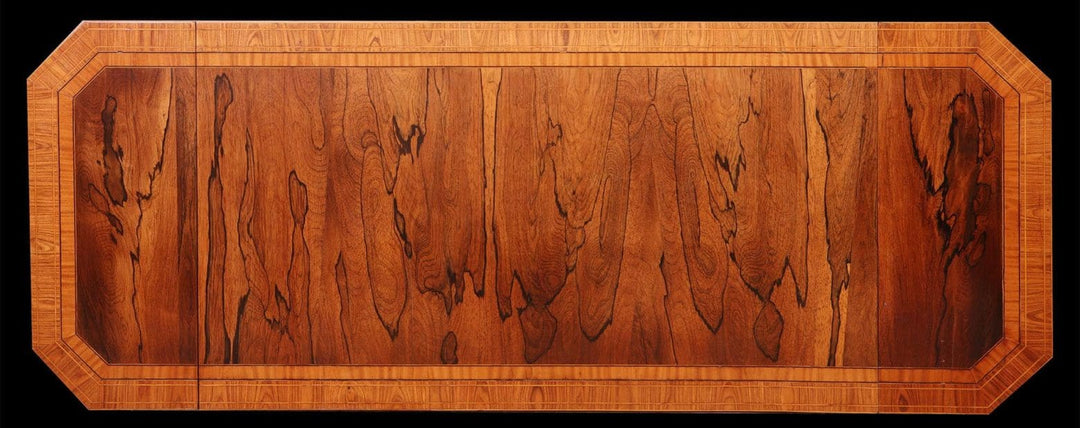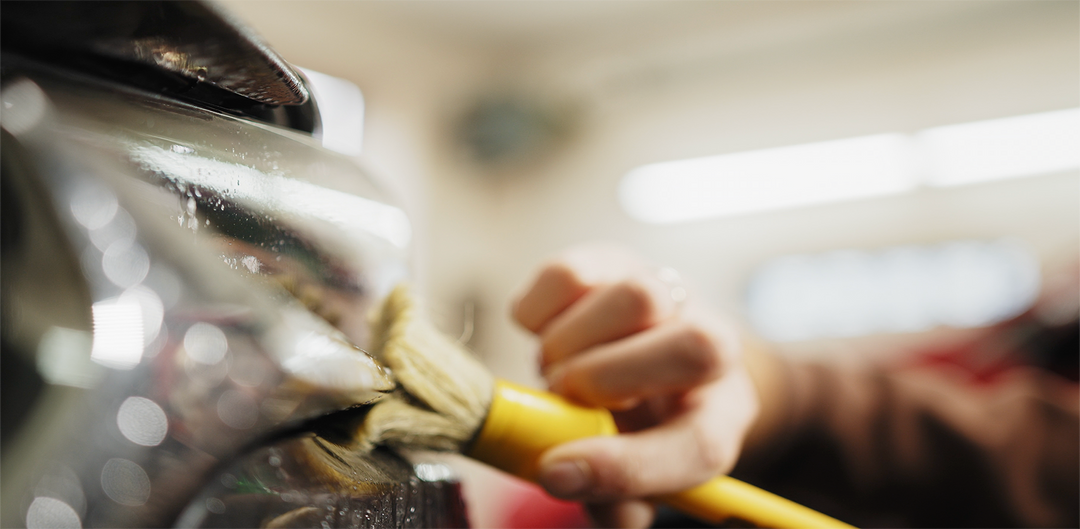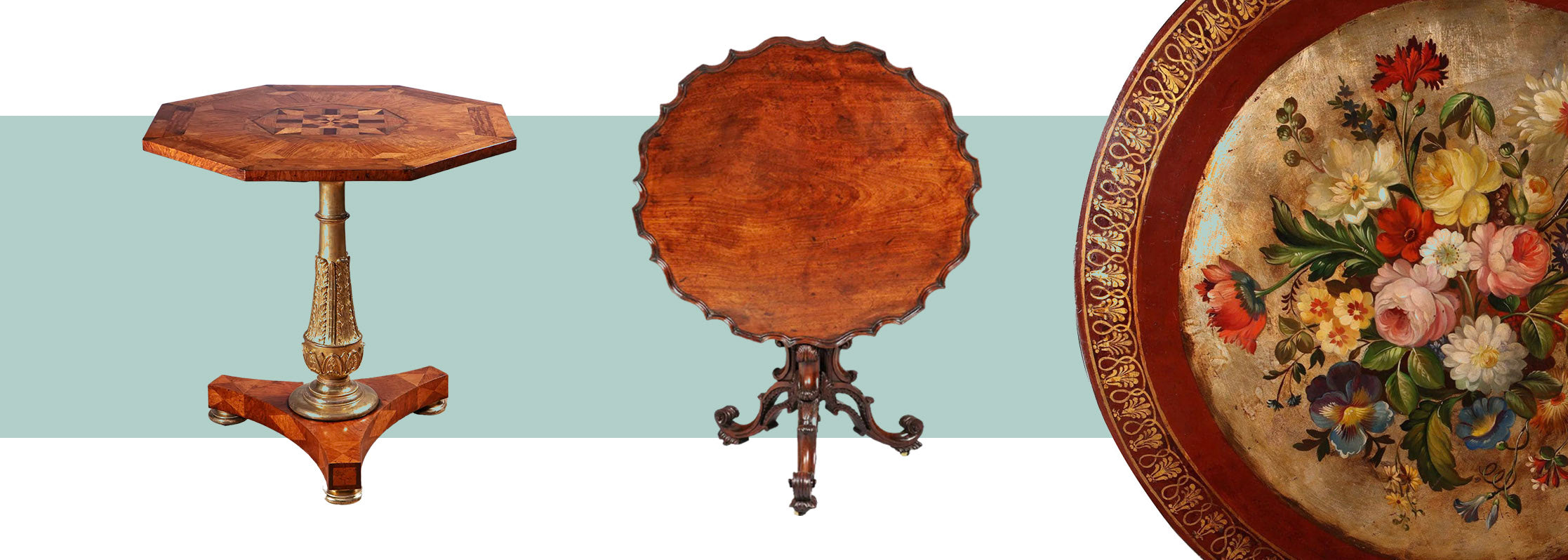
Versatile Elegance in 18th-Century Design
Occasional tables were designed for flexibility and refinement, brought into a room as needed to serve a multitude of purposes. In the 18th century, these elegant tables—often in tripod form—were used to support silver trays, tea accoutrements, or decorative objects during social gatherings. Once their function was fulfilled, they were moved discreetly to the side of the room, ready to be called into service again.
Unlike larger centre tables, which were designed as permanent focal points, or later end tables developed in the 19th and 20th centuries, occasional tables are light, graceful, and multifunctional. At Nicholas Wells Antiques, our collection of antique occasional tables includes rare tripod examples in mahogany, walnut, and satinwood, chosen for their craftsmanship, condition, and elegance. These tables embody the sociable spirit of the Georgian and Regency periods, offering versatility that still resonates in today’s interiors.
Frequently Asked Questions
Q: What defines an occasional table?
A: An occasional table is a small, multipurpose table designed to be brought into a room when required—most commonly in the 18th century for serving tea or displaying objects.
Q: What is the difference between a tripod table and a centre table?
A: Tripod occasional tables are lighter, smaller, and supported on three legs, while centre tables are larger, heavier, and designed as permanent fixtures in a room.
Q: From what period do your occasional tables come?
A: Most of our examples are 18th-century English or Continental, though some later Regency variations are also available.
Q: Are antique tripod tables practical in modern interiors?
A: Yes. They remain ideal for drinks, lamps, or as elegant side surfaces in both traditional and contemporary homes.
Q: What materials are most common in tripod tables?
A: Mahogany, walnut, and satinwood are most typical, often with fine veneers or inlaid decoration.
Q: Do you provide provenance and authenticity?
A: Yes. Each piece comes with a detailed description, including period, materials, and any available provenance.
Q: How do you ship occasional tables internationally?
A: We use specialist art shippers who pack and deliver to museum standards, ensuring safe, insured delivery worldwide.




